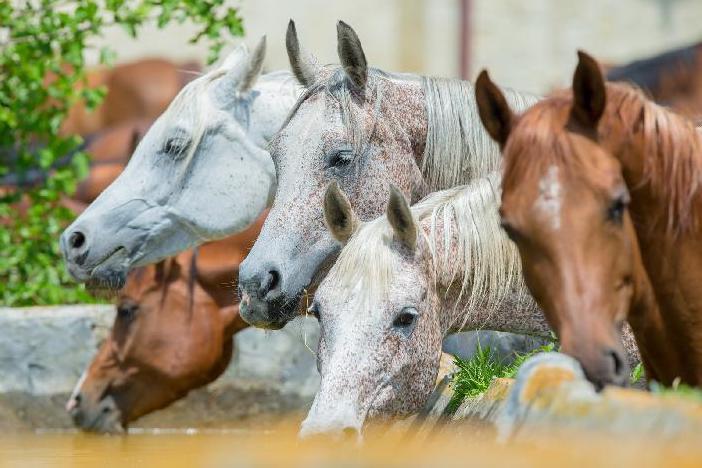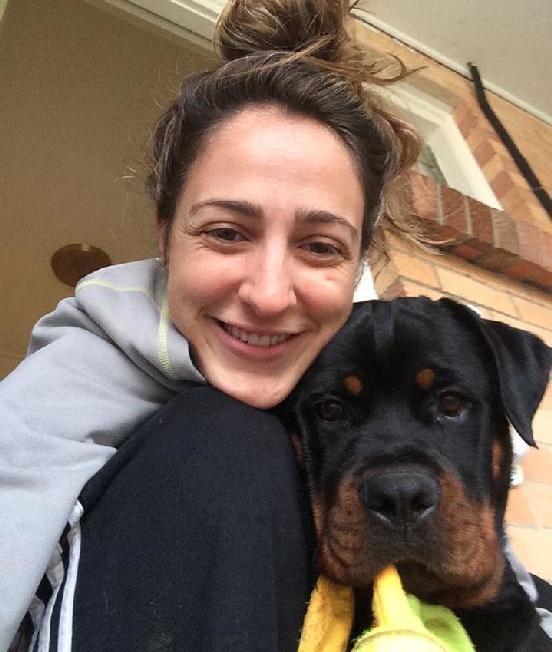c o v e r
Playgroups for Shelter Dogs K. Holden Svirsky introduces and breaks down the latest resource from the Pet Rescue Resource, Dog Playgroups, and explains why playgroups are beneficial to resident shelter dogs, as well as outlining best practices on how to set them up to ensure the maximum benefits for the dogs and safety for all parties involved © Can Stock Photo / raywoo
The Pet Rescue Resource Dog Playgroups toolkit highlights the importance of each dog’s comfort level and play style and also includes a range of video content to help shelter staff and volunteers better understand and decode canine body language
R
ecently, great strides have been made in bringing forcefree train ing to the world of sheltering and rescue. And in 2017, PPG estab lished the Shelter and Rescue Division, of which I am a proud working member. In May 2019, we released the results of a survey we conducted amongst members who were/are affiliated with the shelter and rescue community and one of the most prominent suggestions we received was the significant need for standardized, easytouse and ac cessible protocols.
High Stakes The stakes are high in shelter/rescue work. Without a home or familiar guardian to advocate for them, these are vulnerable populations of ani mals, some traumatized, and often with attendant and challenging be havior issues. Many of these animals are given a limited amount of time to become “adoptable.” Last year, the Shelter and Rescue Division created The Pet Rescue Resource, a forcefree behavior resource for shelters and rescues. This accessible and free site provides a detailed level of information and sup port. So, if a foster family is struggling with a jumpy/mouthy dog, they can be pointed to behavior modification instructions and video. In 12
BARKS from the Guild/November 2020
cluded in the Help for Jumpy/Mouthy Foster Dogs resource are short ar ticles, stepbystep training plans, easytouse and printable checklists, and short video clips. The Pet Rescue Resource adheres to PPG’s mission of providing the greatest value and highest quality, stateoftheart, forcefree, science based training and care for companion animals, specifically “to educate and engage industry professionals on the efficacy of positive reinforce ment based training and behavior modification programs.” (Pet Profes sional Guild, 2019). As such, the Shelter and Rescue Division strongly disagrees with the frequently heard defense that aversive measures are necessary to avoid euthanasia. This “aversives or death” argument is particularly prevalent when discussing dog behavior in shelter dog playgroups, and we are aware of the existence of at least one program wherein the proactive use of aver sives is considered necessary to prevent conflict behaviors in play groups. However, we do not believe aversive training methods are necessary to save lives. This is exactly why we developed The Pet Res cue Resource, a toolbox of best practices in behavior modification and management for the most common behavior problems seen in compan ion animals who are in shelters or foster homes.
















